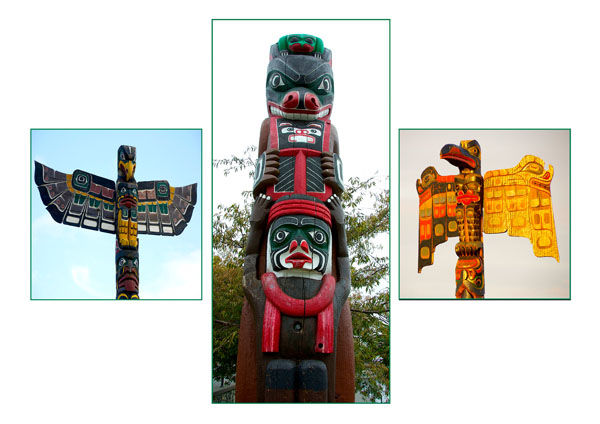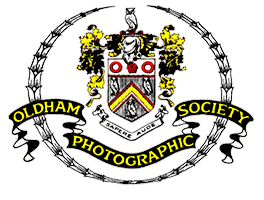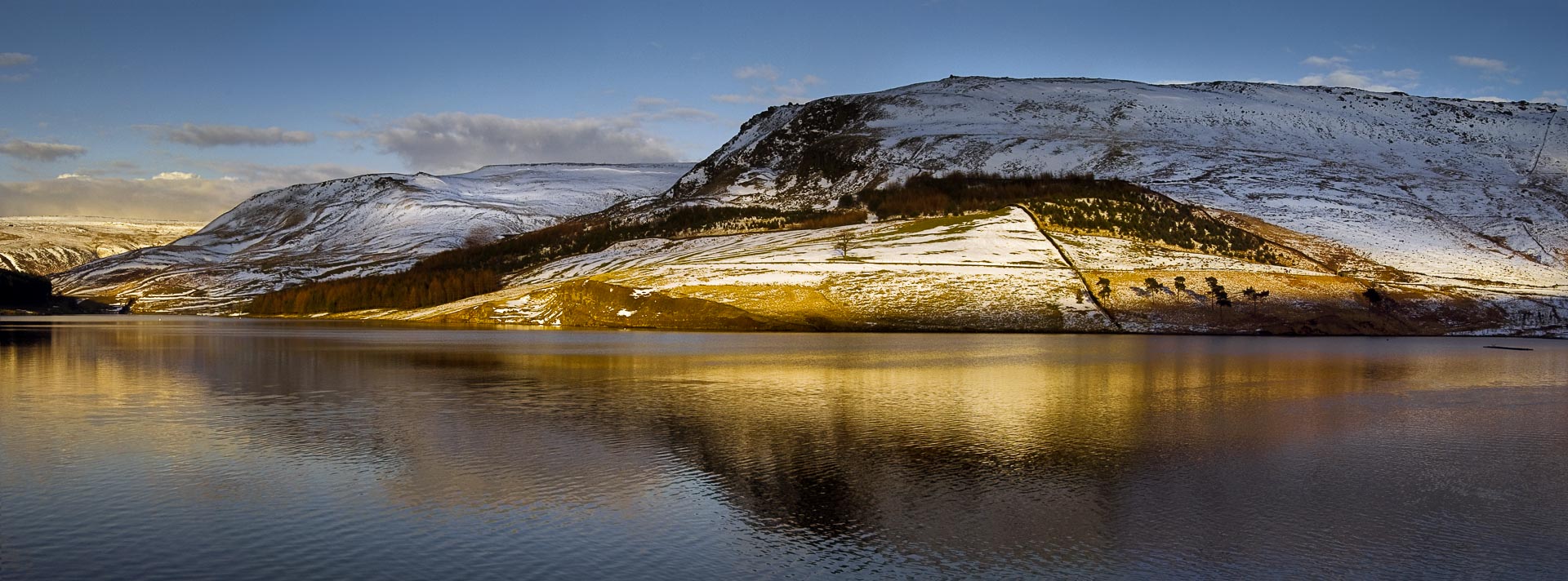Mike did an excellent introduction on Thursday to our new panel making challenge. Here are some reminders:
Definitions
A triptych (don’t forget it is pronounced “triptik” without a “ch” at the end) is a set of three associated artistic works intended to be appreciated together. A diptych would be two images in a set, working together and displayed as a single artwork; a polyptych would be “many”, lets say four or more images.

The Challenge
Produce some “ptychs” with two, three or more images that work together. The images must work, when viewed together, as a single cohesive artwork. They are presented as separate images on a single background for projection. Prints may be displayed on one piece of card or the set may be separate mounted prints.
Because most members will be presenting their associated images as a projected image, the number of pixels available for your artwork (1600×1200) suggests that a set of two or three images arranged on the “background” will be the best option…but really it is up to the individual to decide. Choose your colours carefully so that any background colour enhances the set. If you are entering prints, the variations are endless…the set of images can be presented on one mount board or the set can be several mounted prints.
The aftermath, the day when you bring your images in, is 18th April. You can search “challenge” on the “what’s on” section to see when the next challenges are coming up.
Examples
Making sets with separate prints is the basis of many photographic distinctions applications, both amateur and professional. For example, see some of the successful sets LRPS, ARPS and FRPS sets on the Royal Photographic Society website.
The triptych below was made by member David Reeve, when we last did a triptych challenge. Look how it is constructed. The main central image is strong and the faces on the totem pole look straight at the viewer. Dave chose to crop it into a vertical shape, which perfectly shows off the totem pole without leaving too much wasted space around it. The smaller images connect to it in subject matter but are different poles. Each of the square cropped totem poles looks inwards towards the central one. The central image might get lost against the white background, but David has chosen matching keylines to define the edges of the images.

Print Panel Triptych
Here’s an example of a triptych that I did for a BPE salon. Because the images were all landscape format, they worked better for me as a print panel. As a PDI panel, they could have been arranged in the picture space as two rows (one image and 2 images) but doing that you have to take care that the panel still works. With my own triptychs I also like to ensure that the colours work across the set as well as the shapes…or even try monochrome.

Be Creative
What you can present as a panel is limited only by your imagination…but the challenge will also test your editing skills too. There are loads of examples on the internet to encourage your creative juices to flow.
We look forward to seeing some fabulous “ptychs” in April.
ChrisW Jan 2019

